On Mar. 19, social metaverse Decentraland announced the return of its fifth annual Art Week, which will take place in-world from Mar. 26-29.
The festivities, which will offer a host of virtual art experiences to attendees, will spotlight digital art on its home turf—where it can transcend the limits of the real world.
At its heart, Art Week will feature MESHfair, a busy virtual art fair curated by galleries, including Unit London and OFFICE IMPART. Developed especially for Decentraland by award-winning teams, the exhibitions at MESHfair will draw in visitors with virtual art, live performances, and interactive installations.
Over forty artists will have their work on display at Art Week, which centers, this year, on the theme of “Exploration.” Highlights include “Synesthetic Eclipse” by Shashwat Prakhar, a visual and auditory dive into the works of three Indian artists, and “Sonic Ethereal” by Match Zimmerman, a gallery of installations that evolve through visitor interaction.
In an era where the concept of a metaverse is largely overlooked—identified publicly, with hackneyed presentations by Facebook’s Mark Zuckerberg—digital artists are making the most of what Decentraland offers.
“Putting art in the metaverse drives innovation because, as humans, we get to push, prod, and exploit whatever medium we’re using,” artist Leah Smithson, who is exhibiting in one of MESHfair’s distinctive gallery cubes, told nft now. “Having my work showcased at a groundbreaking event like MESHfair is a historical honor because it marks a pivotal moment for 3-D art and design. I get to collaborate with fellow creators and witness the pivotal impact that this creative community will have on the future of 3-D design and spatial computing,” she said.
“Putting art in the metaverse drives innovation because, as humans, we get to push, prod, and exploit whatever medium we’re using.”
exhibiting Artist Leah Smithson
Decentraland has also launched its Ultimate Guide to Art Week, which offers a complete schedule of events for the festival. Centered around the Art Plaza festival grounds, Art Week will have eight galleries featuring unique art, performances, and installations, as well as the 32 immersive works showcased at MESHfair.
The full guide, available at Decentraland’s website, lists guided artist tours, DJ sets, and attractions available throughout the event. Kicking off on Mar. 26 with a VR DJ performance by Oblinof, events culminate with an awards gala and afterparty on Mar. 29, announcing the top three artists of MESHfair, each of whom will receive a cash prize from the Decentraland foundation.
One of the most intriguing parts of Decentraland is the ability to customize your avatar—including with exclusive wearables purchased on the Ethereum blockchain (which powers Decentraland) and owned by you. Art Week will be offering two wearables and two emotes (expressions and body movements) exclusively for attendees, so be sure to show up every day to get yours.
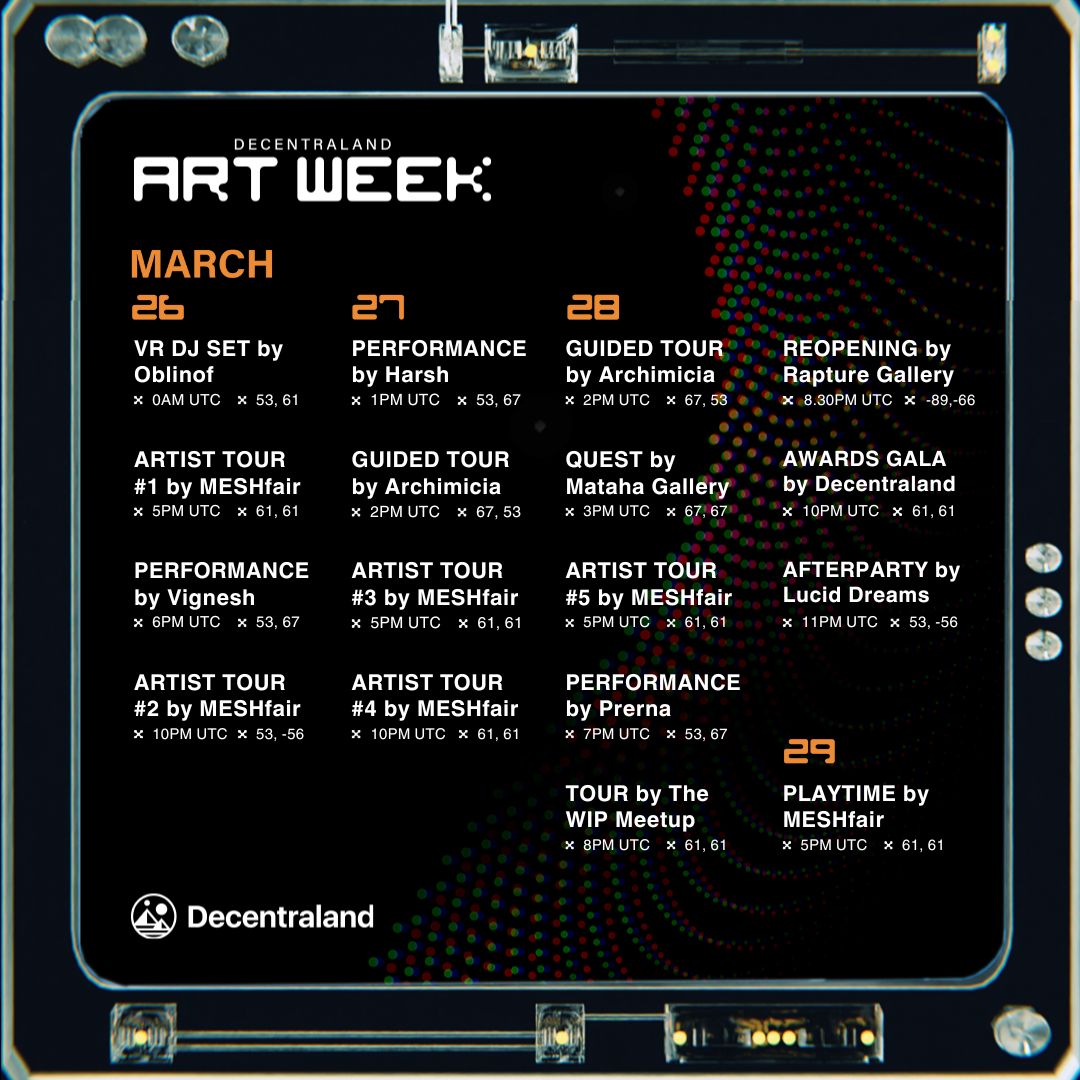
The highlight, for many of us, will be the unique spaces crafted within Decentraland especially for Art Week, ready for newbies and metaverse experts alike to explore.
These will include Match Zimmerman’s Off+On Pavilion, serving as a community lounge and exhibition space at the event. The space hosts work by artists from Web3 and the traditional art world, who had responded to an open call to exhibit in the pavilion.
We were curious to learn more about Art Week and how metaverses like Decentraland are changing how communities connect with visual art, so we spoke with Art Week Head Bay Backner, who is a producer at Decentraland, MESHfair founder and assistant professor of emerging tech at Berklee Valencia.
nft now: So, why have an art week/art fair in a metaverse? In what ways is it like an in-person art fair, and how is it different? For the metaverse neophyte, can you explain what can be done in Decentraland that is much harder to do in a physical exhibition?
Bay Backner: Decentraland Art Week places the spotlight on the world’s leading 3D, virtual reality, and metaverse artists, who, despite widespread interest in VR, are still underrepresented by in-person fairs and curated NFT auctions. This year’s Art Week theme is “Exploration,” so we’re showcasing the artists who transform virtual environments into journeys of discovery… and in true Decentraland style, we’re sharing free, limited-edition Wearables and Emotes on the way!
“Decentraland Art Week provides an important alternative for artists to show their work at an international level.”
meshfair founder bay backner
Just like an in-person art fair, Decentraland Art Week shows new work by the most exciting artists in this space. These artists were selected from Open Calls shared with the NFT and VR creator communities. And just like IRL art fairs, we have the participation of influential galleries and collectors. For example, MESHfair was curated by fifteen of the most important names in digital art – galleries like Unit London, Vellum LA and OFFICE IMPART, Berlin, and curators like Arthemort, Kaloh, Kika Nicolela and BelleNFTs of NFTGirl.
The difference between many IRL art fairs is that Decentraland Art Week was free to enter as an artist and is free to enter as a visitor. The cost to exhibit at an IRL art fair is often prohibitive for all but the largest, most established galleries – which goes against the open, decentralized ethos of many NFT and 3D creators. Decentraland Art Week provides an important alternative for artists to show their work at an international level.
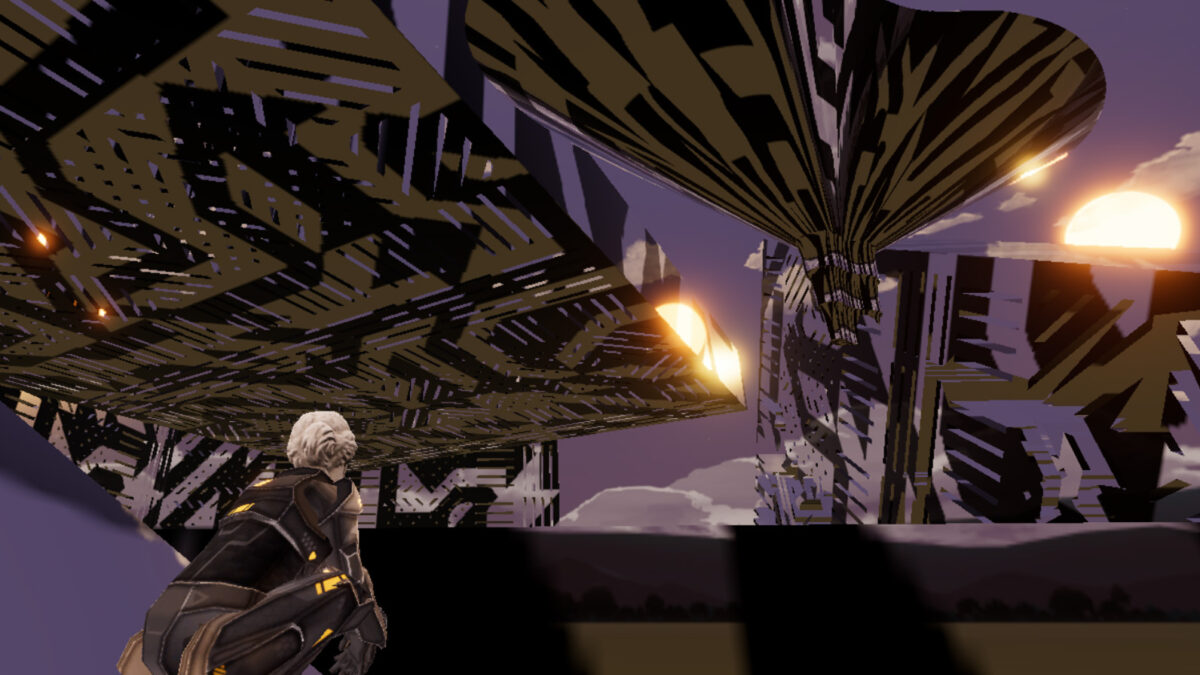
What can be done in Decentraland that’s much harder to do in a physical exhibition? Translate imagination into reality! As artists, physical restrictions – particularly the costs of materials and the transportation and installation of work – mean that we often have to scale back on our ideas. In a physical environment, we also have to restrict how our work interacts with visitors – be that because of safety restrictions or the fear of work being damaged. In a virtual environment, we can open interactivity to new levels, and our only restrictions are our file sizes, experience, and imagination.
Part of what’s awesome about an in-person art happening is the ability to talk in real-time to the creators. Will there be opportunities to talk to the incredible artists and innovative gallerists within Decentraland itself—either one-on-one or in talk, panel, or reception formats?
Yes, that’s one of the most important elements of Decentraland Art Week. We have a daily program of live Artist Talks and Tours. Visitors have the opportunity to join the creators virtually as avatars and explore their installations together. The talks are also live-streamed on X, LinkedIn, and YouTube so that visitors can ask their questions in the comments even if they cannot join us in-world.
The live tours often create the most memorable moments of Art Week. For example, during the tour last year of artist Stephan Duquesnoy’s installation for MESHfair, visitors spontaneously created a pole-dancing flash mob around his work. Virtual environments let us interact with digital artworks in surprising new ways!
An art exhibit in a metaverse involves both incredible opportunities for artistic control and the need to innovate around technical constraints. Can you let us know about any of the virtual environments that will be on show that you feel have really made the most of what Decentraland offers?
The centerpiece of Decentraland Art Week is MESHfair, the art fair for 3D, metaverse, and VR. In MESHfair, thirty-two leading artists have created new installations hidden inside thirty-two floating white cubes. The cubes, designed by Decentraland’s JP Colasso and Martin Shibuya, create an interactive virtual environment in themselves – they track the movements of each visitor to display a description of what’s inside! When visitors walk underneath the cubes, they are magically teleported into each installation – and enter a whole new, immersive space entirely conceived by the artist. Although each artist was given the same 12 x 12m cube and 10,000 triangle limit, the thirty-two spaces are entirely different – some are moving, some disconcerting, some incredibly beautiful, others are like nothing I’ve ever seen before in gaming, VR, or physical worlds.
“This is still an emerging field using frontier technologies–so everyone is working with leading-edge tools. It means that creators find new ways to use these tools… seemingly daily! Every time we install a new installation, we see something new.”
Bay Backner
Around MESHfair are eight gallery experiences designed especially for Art Week. Each run with this year’s theme of “Exploration” to push the limits of what’s possible. One of my favorites is the Off+On Pavilion by artist Match Zimmerman. Match has taken inspiration from the dazzle camouflage painted on US warships to encourage visitors to question reality. The digital surfaces he’s chosen change under the different “daylights” within Decentraland, creating stunning effects.
Art fairs have their own rich history, and with MESHfair, they’re now entering the metaverse. One of the awesome things about an art fair is the huge opportunity to discover new work and creators—and to buy (and haggle!) with the artist right in the spot! How is Decentraland supporting the art fair experience for MESHfair and its attendees? Will I be able to purchase art from within the metaverse itself?
As a decentralized and community-owned virtual world, Decentraland supports creators to sell their work on whichever platform they choose. Most currently choose to link their preferred NFT platforms to their installations – as a visitor, I can click on an artwork I like, and I will be taken to its listing on sites like objkt.com, OpenSea, and Foundation. Many MESHfair artists chose to link their cubes to their linktree, so collectors can find their art on a preferred chain or platform.
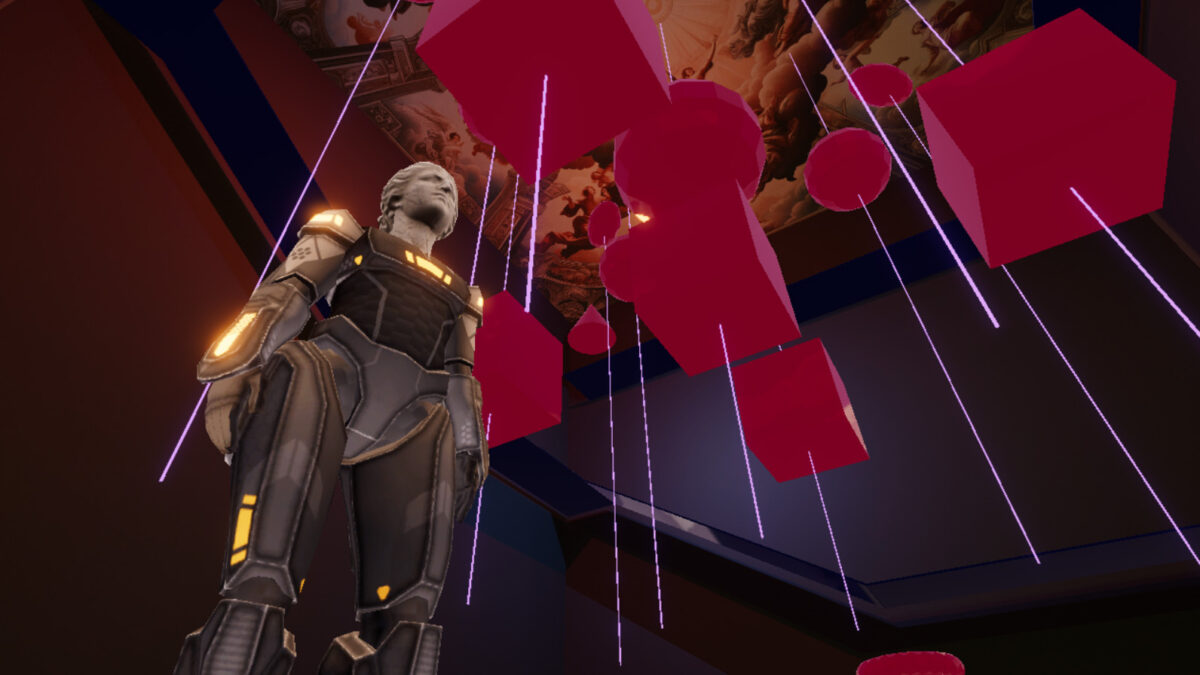
Others feel like they want to offer something different to their collectors within the metaverse. We, therefore, see artists minting 3D works as NFT Wearables, which their collectors can buy on the Decentraland Marketplace and then instantaneously wear when exploring the fair. Others airdrop a 2D NFT or 3D Wearable as a “prize” for completing a gamified installation, while others choose to distribute Wearables for free to all their visitors – which then become collectibles after the show.
Has anything been especially surprising to you, in the process of putting Art Week together?
I’ve been surprised by the level of innovation of the galleries and installations. This is still an emerging field using frontier technologies–so everyone is working with leading-edge tools. It means that creators find new ways to use these tools… seemingly daily! Every time we install a new installation, we see something new.
“The worst case for artists will be if the virtual experience becomes synonymous with closed environments like Fortnite, not by intention but because we choose brand influence over asking hard questions. Artists play an important role in asking these questions.”
bay backner
One of the important aspects of Decentraland Art Week is that it connects the innovators in this space. By sharing this work, we inspire new creators to enter virtual worlds and immersive 3D art. We have artists with backgrounds in NFTs, architecture, generative coding, illustration, and even traditional sculpture exhibiting with Decentraland Art Week this year. Each creator brings their own artistic practice and perspective, so it pushes the art form forward. And keeps us all inspired!
Recently we’ve seen the advent of Otherside Apes Come Home, a very different take on a metaverse, which is way more tightly controlled than something like Decentraland. Where do you see metaverse tech going in the next months and years, and how can it innovate to support artists even better?
That’s an important question. The balance between openness and control is a significant issue for metaverse tech and one that is pivotal for artistic expression vs consumption. As an artist and producer, I advocate for decentralization and openness wherever possible, which is why I choose Decentraland for the majority of my projects, like MESHfair.
However, I also lecture as Assistant Professor of Emerging Technologies at Berklee Valencia, on the Global Entertainment program. I see the importance of balancing artistic freedoms with content moderation and protections for artists and creators – particularly around intellectual property and monetization of work. These are issues that all metaverses will have to address over the next months and years, especially as we move towards global, AI-powered virtual worlds. The worst case for artists will be if the virtual experience becomes synonymous with closed environments like Fortnite, not by intention but because we choose brand influence over asking hard questions. Artists play an important role in asking these questions.
The post Exclusive: Decentraland Art Week Sets Creators Free From Constraints appeared first on nft now.


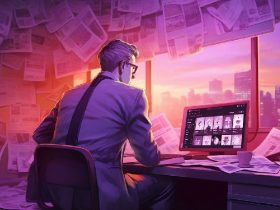
 Wearables and Emotes
Wearables and Emotes 8 Galleries
8 Galleries 30 cubes showcasing
30 cubes showcasing 




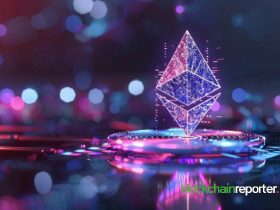
Leave a Reply